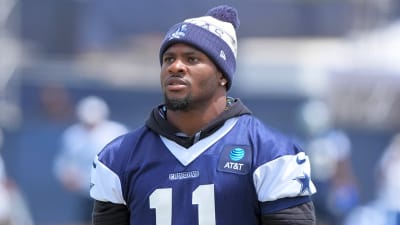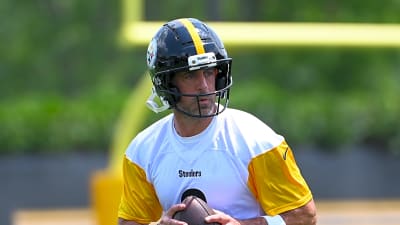Shaunie O'Neal's advice to her daughter, Me'Arah, to capitalize on Name, Image, and Likeness (NIL) deals while staying in school rather than turning pro underscores a shifting landscape in collegiate athletics. With the introduction of NIL rules, college athletes, especially women, have unprecedented opportunities to monetize their talents.
"For the women, for sure, hold on to your college career and NIL money. The more I look into it, the more I see these WNBA players are doing multiple things just to make that kinda money."
"I think those college students who are able to get these NIL deals, ride it until the wheels fall off. If she can hold on to that NIL money and be in college and get a great education along with playing the sport she loves, then why not?"
Shaunie's rationale is clear: the potential earnings from NIL deals far outweigh the salaries offered in the WNBA. While the highest-paid WNBA players earn modest salaries compared to their male counterparts in the NBA, collegiate athletes like Angel Reese and Caitlin Clark are securing deals that rival or surpass those figures.
The financial incentives are significant. The allure of securing multi-million dollar NIL deals while pursuing a college education presents a compelling argument for staying in school. For Shaquille O'Neal's daughter Me'Arah who is set to join the University of Florida, the prospect of leveraging her basketball skills to earn substantial income while receiving an education is undoubtedly appealing.
Shaunie's advice reflects a pragmatic approach to navigating the evolving landscape of college sports. By advocating for her daughter to maximize her earning potential through NIL opportunities, she is prioritizing financial security and educational attainment.
Ultimately, Shaunie's advice underscores the transformative impact of NIL rules on college athletics. As athletes like Me'Arah O'Neal navigate their options, the decision to stay in school to capitalize on NIL opportunities represents a strategic financial move that could shape their future careers both on and off the court.
WNBA Faces A Major Problem With The NIL Deal
The stark contrast between the earnings potential of collegiate women's basketball players through Name, Image, and Likeness (NIL) deals and the salaries offered in the WNBA underscores a major problem facing the league. While top collegiate athletes like Angel Reese and Caitlin Clark are securing NIL deals worth millions of dollars, the highest-paid WNBA players earn a fraction of that amount.
According to On3 NIL valuations, the top collegiate women's basketball players are raking in substantial sums through NIL agreements. For instance, Angel Reese from LSU has secured a deal valued at $1.7 million, while Caitlin Clark from Iowa has a deal worth $910,000. These numbers dwarf the highest WNBA salary, which stands at $242,000.
In contrast to the NBA, where rookie players are guaranteed minimum salaries of $1.1 million, WNBA players face limited earning opportunities domestically. Despite being talented and accomplished athletes, WNBA players earn significantly less than their male counterparts. This vast difference in earning potential creates a dilemma for female basketball players contemplating their professional careers.
While NBA players may choose to declare for the draft after one year of college to access lucrative contracts, female players often opt to stay in college for the entirety of their eligibility to maximize their NIL earnings. This phenomenon highlights the disparity between the earning potential of collegiate athletics and professional basketball for women.
This dynamic presents a challenge for the WNBA, as it struggles to compete with the financial incentives offered by collegiate athletics. Without the allure of substantial salaries, WNBA players may be inclined to seek opportunities overseas where they can command higher pay.
The disparity in earning potential between college and professional basketball creates a systemic issue within the WNBA, undermining its ability to attract and retain top talent. To address this problem, the league may need to explore avenues to increase player compensation and enhance its appeal to elite female athletes.
In the absence of meaningful reforms, the WNBA risks losing top talent to overseas leagues, further exacerbating its existing challenges. Finding a solution to bridge the gap between collegiate NIL earnings and professional salaries is crucial for the long-term viability and success of women's basketball at the highest level.
More must-reads:
- NFL insider reveals new info on Cowboys-Micah Parsons struggle
- Tottenham Hotspur star announces unexpected departure
- The '250-strikeout MLB seasons' quiz
Breaking News
Trending News
Customize Your Newsletter
 +
+
Get the latest news and rumors, customized to your favorite sports and teams. Emailed daily. Always free!








